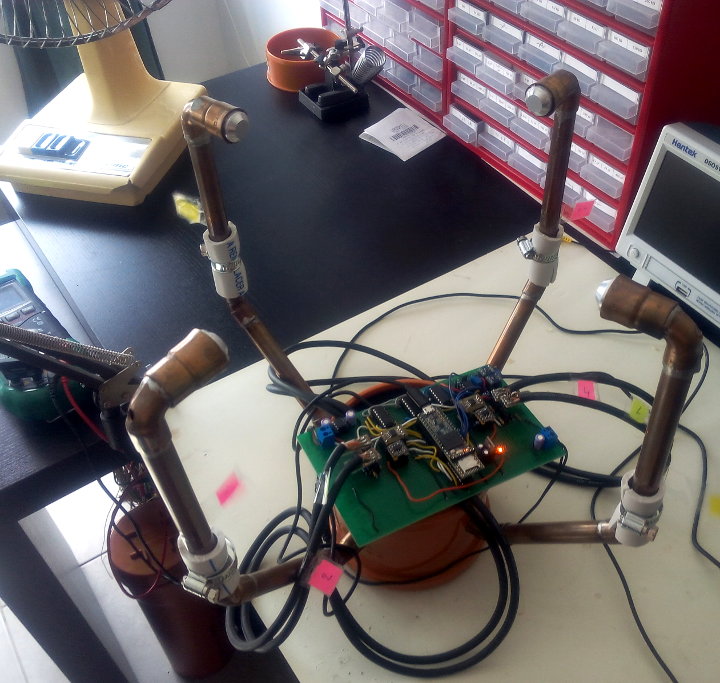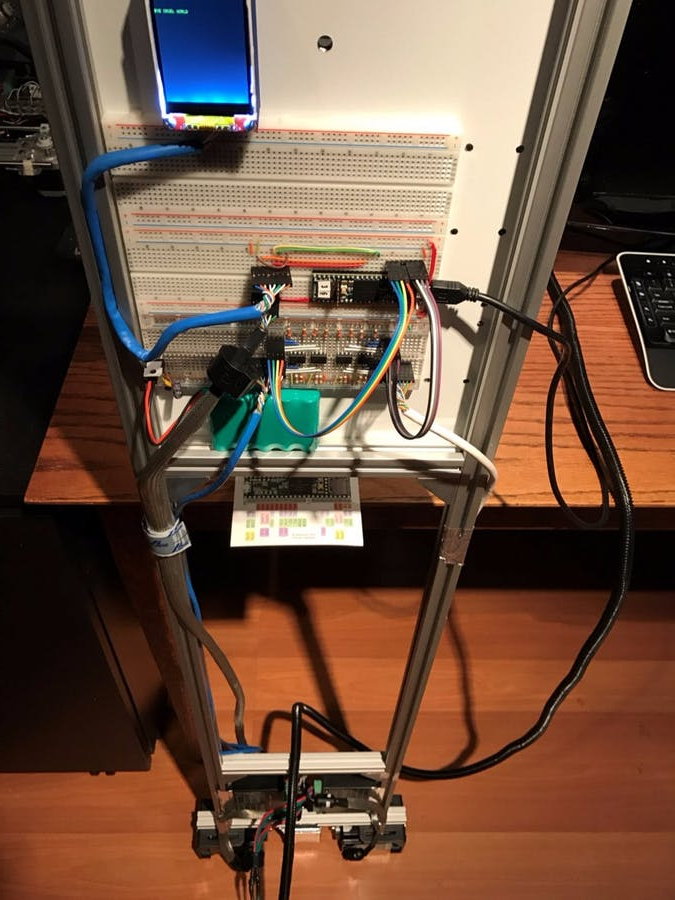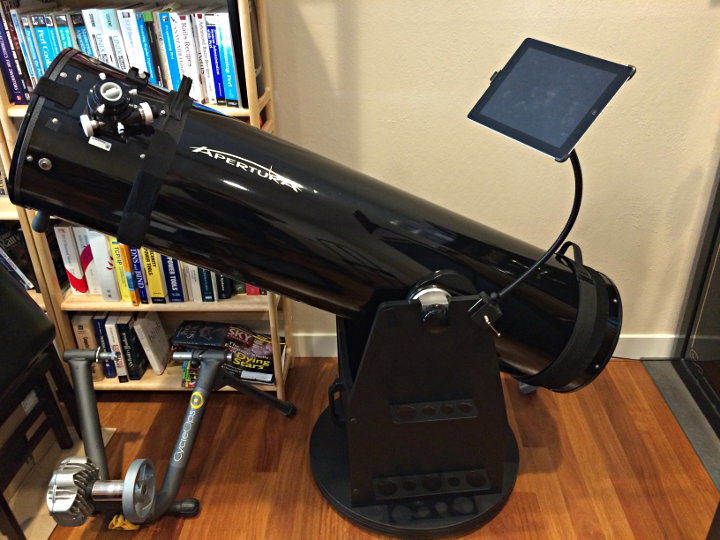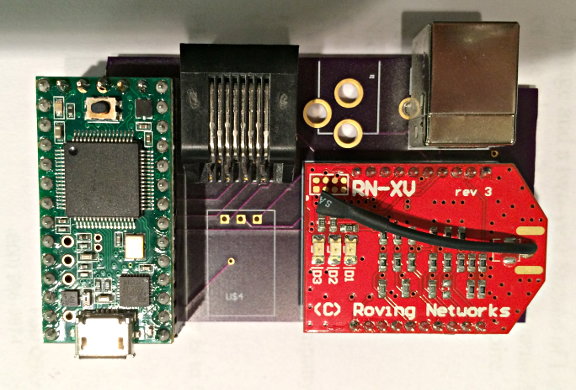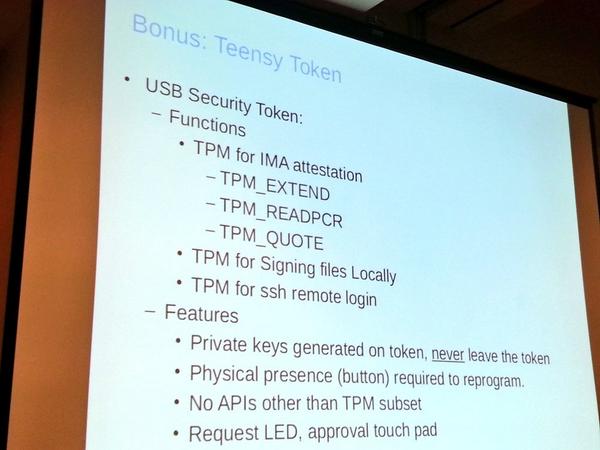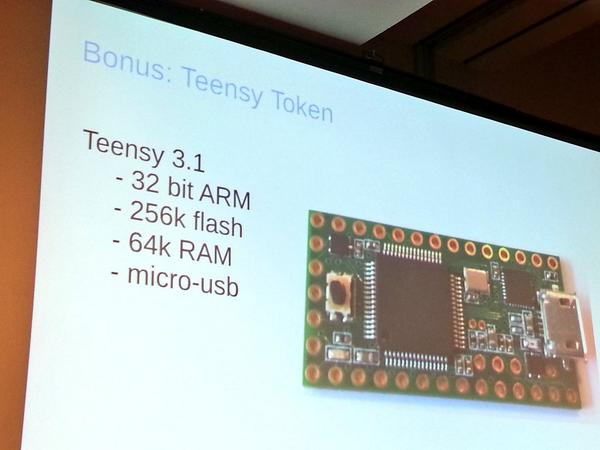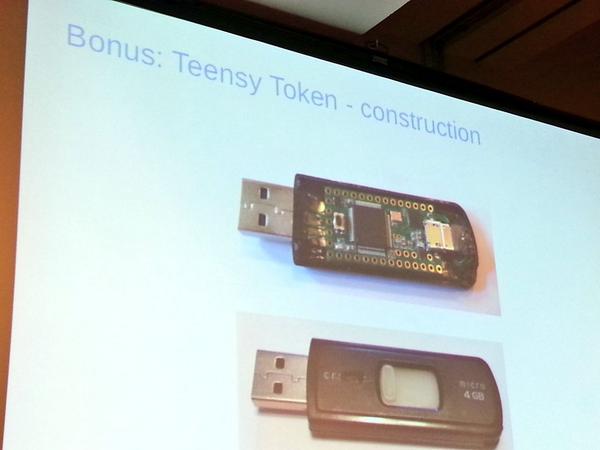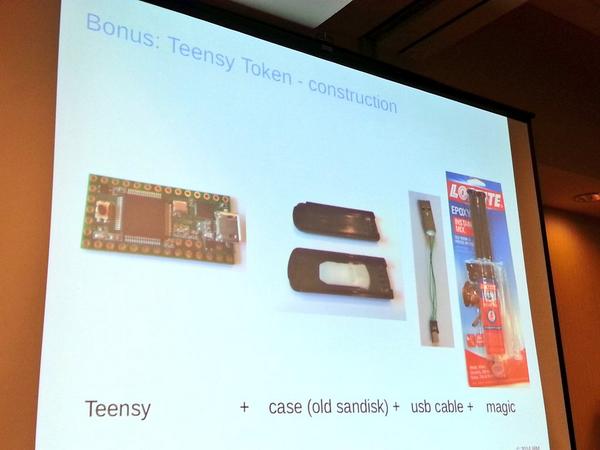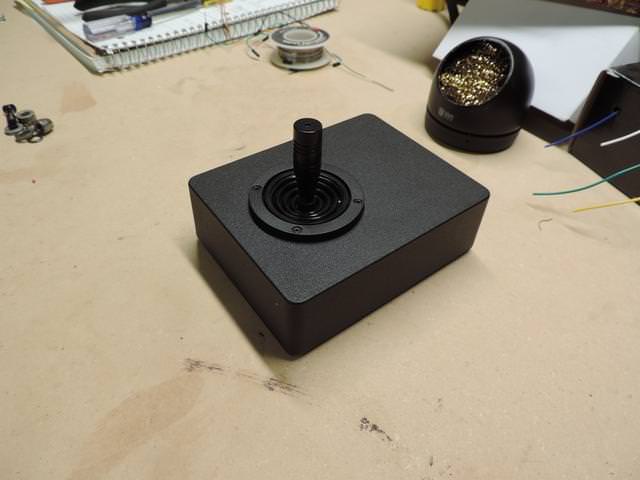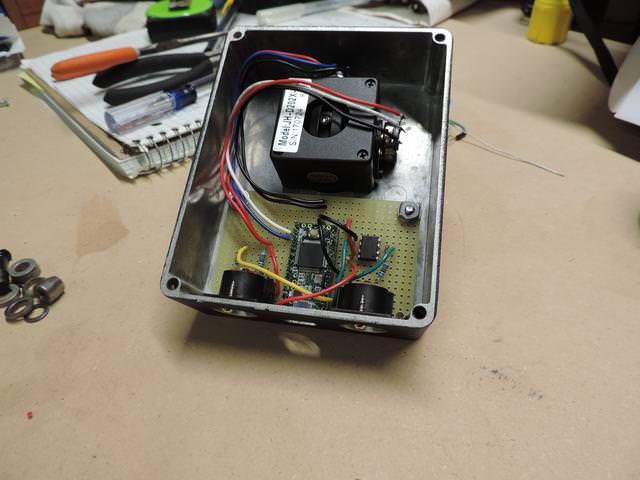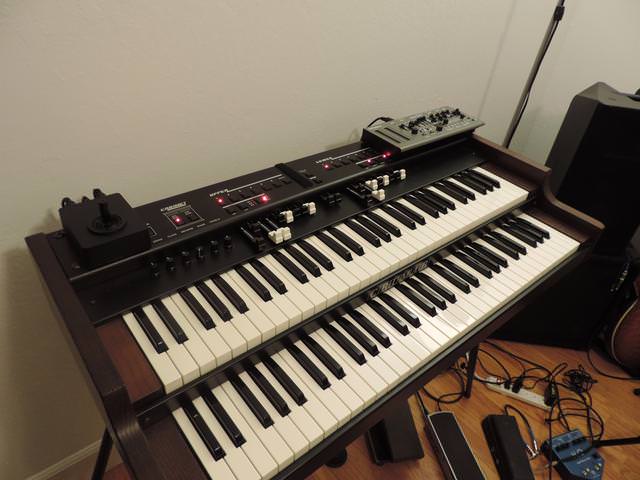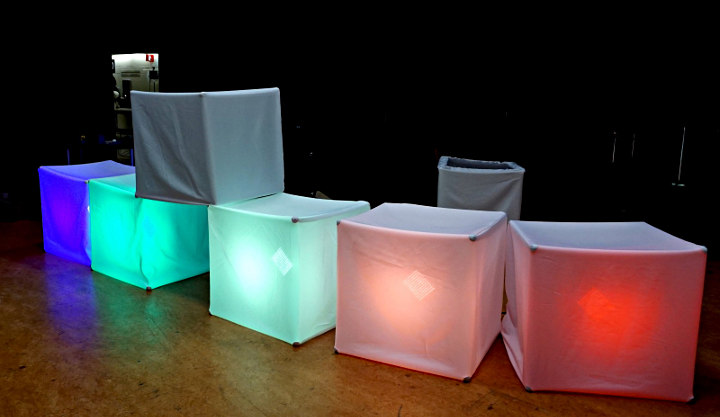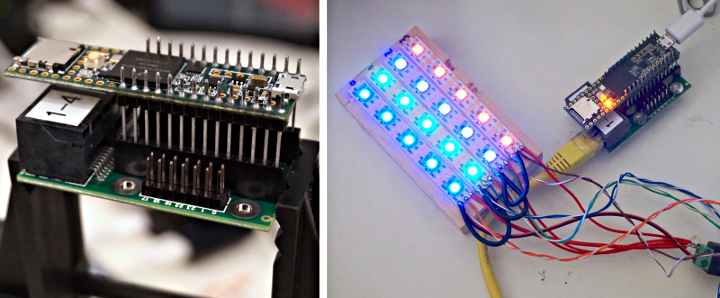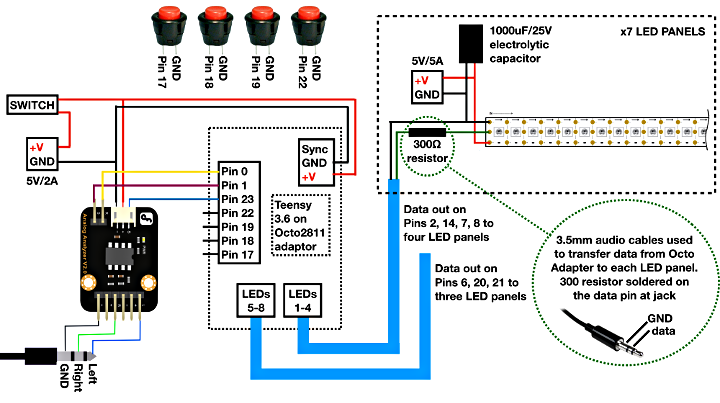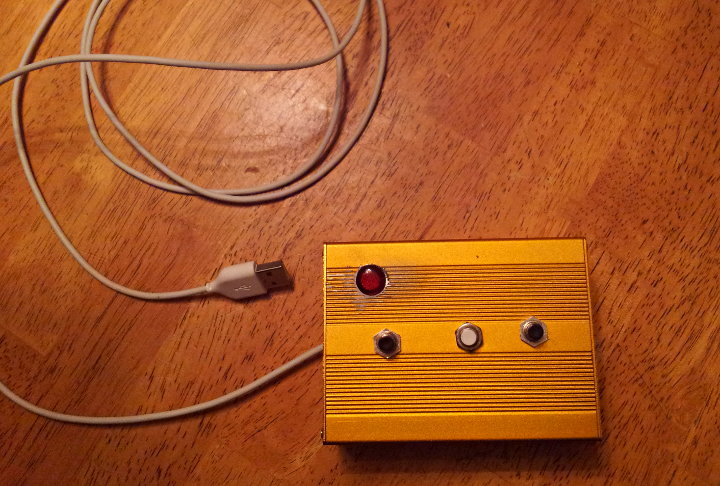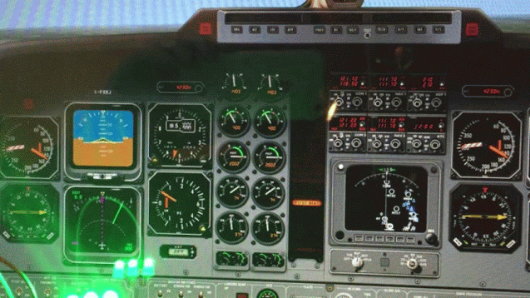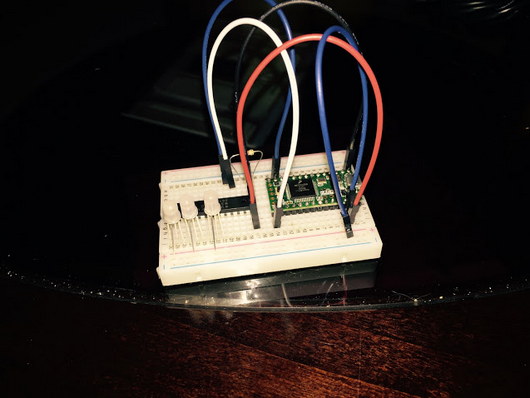Forum User digital11 outfitted a 1922 Checker Cab with Ws2811 LEDs that react to music that can be requested over Twitter.
Check out this video showing the LEDs in dancing action.
Some of the technical details ditigall11 provided on this project include:
5 Teensy’s running OctoWS2811 (Probably went a little overboard here, as I wanted the Teensy’s as close to the strips as possible, so I’m not using OctoWS2811 to its fullest, but I’m sure PJRC doesn’t mind :P)
Ableton Live/Max4Live/Jitter handling the music playing & video generation. Wrote a serial external for Max that basically generates a bytestream formatted for OctoWS2811 from a jit.matrix, so any video can be piped in realtime to the Teensy’s, with whatever fx/beat syncing is desired (Major props to nlecaude for the foundational work on this.)
Custom OSX app to monitor Twitter, queue up the requested songs, and update a tv display showing the song queue, available songs, and currently playing song.
